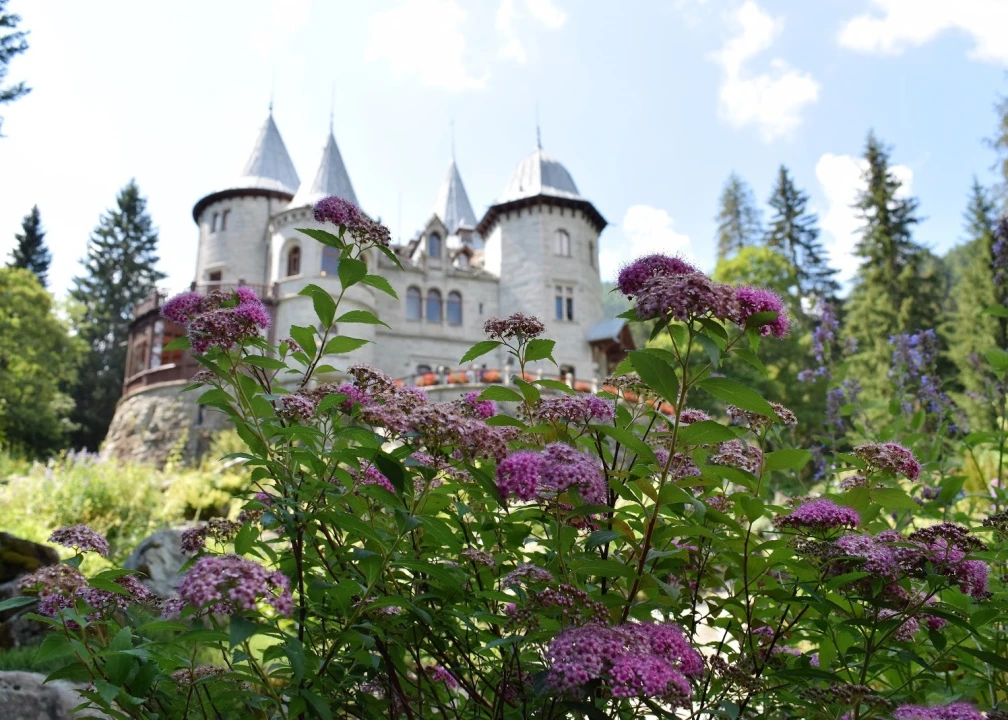The Castel Savoia Alpine Botanical Garden is located in the park of Castel Savoia, the villa of Queen Margherita di Savoia, a mountain and mountaineering enthusiast, in Gressoney-Saint-Jean, in the Lys Valley, in the Aosta Valley, at 1350 meters of altitude.
The whole area, now a regional property, is often the venue for exhibitions and events, and is surrounded by a park of fir and larch trees (Larix decidua), later enhanced by the creation of a rock garden of 1000 square meters.
The Botanical Garden was created in 1990, almost one hundred years after the construction of the villa. Municipally owned, it is managed by the Gaby Forest Station on behalf of the Autonomous Region of Valle d'Aosta. It has a predominantly aesthetic layout: it develops for one square kilometer in rocky flowerbeds reproducing the alpine environment or presenting hybrids and cultivars of ornamental plants or of particular aesthetic interest from various parts of the world, chosen on the basis of luxuriant blooms or a particularly ornamental general appearance.
Through careful and targeted work, the garden performs important educational functions, and does not lose its scientific and didactic qualities. It is open all year round and can be visited free of charge from May to September, but it is recommended to visit it in July and August, in order to fully enjoy the spectacle of colors and scents offered by its flowers.
The garden is home to very rare floristic species, ornamental and also very widespread species such as the martagon lily (Lilium martagon), the ferruginous rhododendron (Rhododendron ferrugineum), the edelweiss (Leontopodium alpinum), the double gold button (Trollius europaeus), the columbine (Aquilegia alpina), the arnica (Arnica montana), the various evergreen (Semprevivum montanum), gentians, lilies, saxifrage and epilbium (Epilobium angustifolium), very common near the paths and along the banks of the Lys stream and used as officinal grass.




